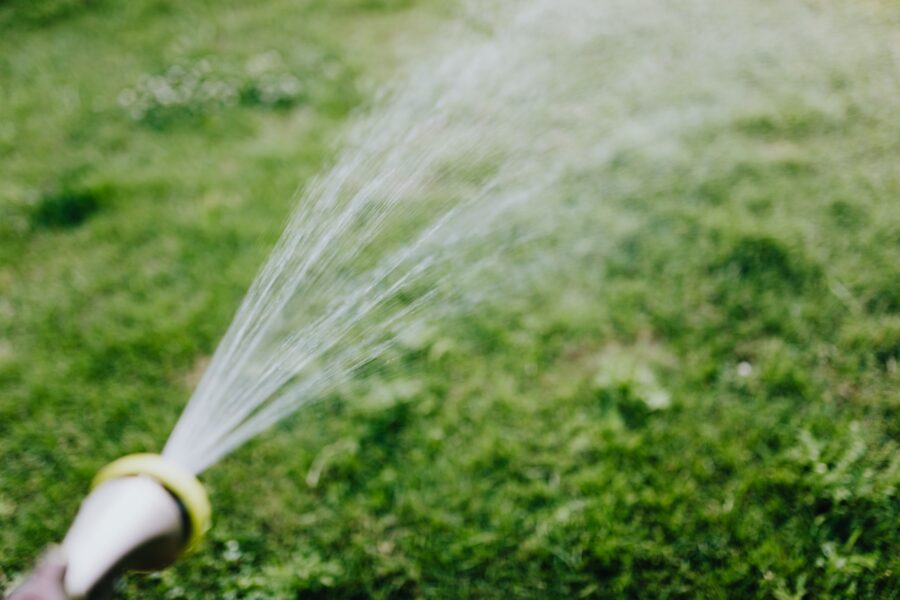Hydraulic Hose Replacement – What to Expect From a Professional Service

When it comes to a professional hydraulic hose replacement, there’s more to it than meets the eye. The job requires extensive hose assemblies and equipment safety knowledge, including proper handling and installation.
The most critical aspect of a hydraulic hose replacement is keeping the hose clean during the process. Contamination can compromise the hose’s internal components and cause costly breakdowns.
Inspection
Hydraulic hoses, like all parts of hydraulic equipment, must be inspected regularly to keep them functioning at their best. This is especially true for machines used daily and under harsh environmental conditions. When checking a hydraulic hose, look for cracks and other structural defects. In addition, examine the hose for abrasions and other signs of wear. Inspecting a hose will help you identify problems before they become severe issues. This will allow you to consider hydraulic hose replacement Charlotte, NC the faulty hose before it becomes an emergency repair. Inspecting a hose is a simple process that does not require specialized equipment or tools. You only need a set of good eyes and basic knowledge of studying the hose.
Removal
Hydraulic hoses can be difficult to remove and replace. This is why calling in a professional service is a good idea. Before attempting to remove a hose, make sure you’re wearing appropriate safety equipment. This includes protective eyewear, leather gloves, and long pants. Wearing these items will help to keep your skin safe from the pressurized hydraulic fluid that often leaks from damaged hoses. Once your safety gear is on, you can remove and replace the hose with a new one. Remember to match your replacement hose’s length and PSI rating to the old one before disconnecting it. Next, check the hose for signs of failure, such as red rust or a cracking cover. If you find any of these symptoms, the hose needs to be replaced as soon as possible.
Disassembly
Hydraulic hoses carry pressurized hydraulic fluid from pumps, motors, and other equipment to or from other system components. They are designed to be flexible and durable. However, all hoses will eventually wear down from constant pressure. Preventing their failure from affecting equipment or facility operations necessitates proactive measures. Performing an inspection for signs of hose failure can help owners determine when and how to replace them. Additionally, a professional service can help assess replacement intervals to ensure a hose assembly is replaced before it breaks down.
Cleaning
If you have a new hose or you need to repair an old one, cleaning is a necessary part of the process. It prevents contamination, a major cause of hydraulic failure, from infiltrating your system and causing damage or clogging filters and valves. There are several ways to clean a hydraulic hose. The most common is to blow shop air through it. Another popular method is to use pellet guns, or “cleaning pigs.” These are shot through the hose using compressed air and break up rubber dust and metal particles, flushing them out. A third standard method is fluid flushing, similar to a shop air blow but uses a liquid cleaner and high pressure to penetrate the hose interior. The liquid helps remove oil and other contaminants clogging filters and valves.
Installation
Hydraulic hoses are an essential component of many pieces of heavy equipment. Failure of these hoses can result in downtime, expensive repairs, and safety issues. To avoid this, regular inspections are crucial to identifying when hydraulic hoses need replacement. These inspections should be kept in a log to ensure that maintenance is taken at the proper time. When installing the new hose, route it properly so that it does not cause any pressure losses and maintains the correct fluid pressure range. It is also essential to prevent twisting, leading to premature hose failure. If the hose operates with other hydraulic machinery, relieve any pressure from the cylinder or other components before disconnecting them. This will reduce the risk of explosion and resulting injury.